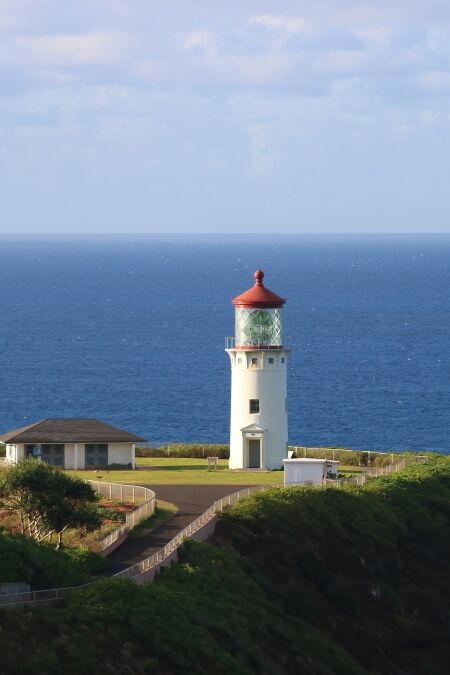Sulphur Banks (Haʻakulamanu), located within Hawaii Volcanoes National Park, is a fascinating geothermal area where volcanic gases vent from the earth, creating vibrant sulfur deposits across the landscape. Known for its unique mix of colors and strong sulfur smell, this natural wonder offers visitors a rare glimpse into the volcanic forces shaping the island. Popular among nature enthusiasts and geology buffs, Sulphur Banks is a must-see destination that highlights the dynamic interaction between earth and air. This guide will explore its history, what to expect, and tips for making the most of your visit.
Highlights
- The site is accessible via a short, well-maintained trail from the Kīlauea Visitor Center, making it a convenient stop for families or travelers with limited time.
- Learn about volcanic activity and the processes that shape the island’s landscape through informational signs along the trail.
- The area gives off noticeable volcanic gases like sulfur dioxide, offering a raw, up-close experience of the active geothermal energy of the region.
- Contrasting colors of the yellow sulfur deposits, red earth, and green vegetation make for striking photo opportunities, particularly at sunset.
History and Formation
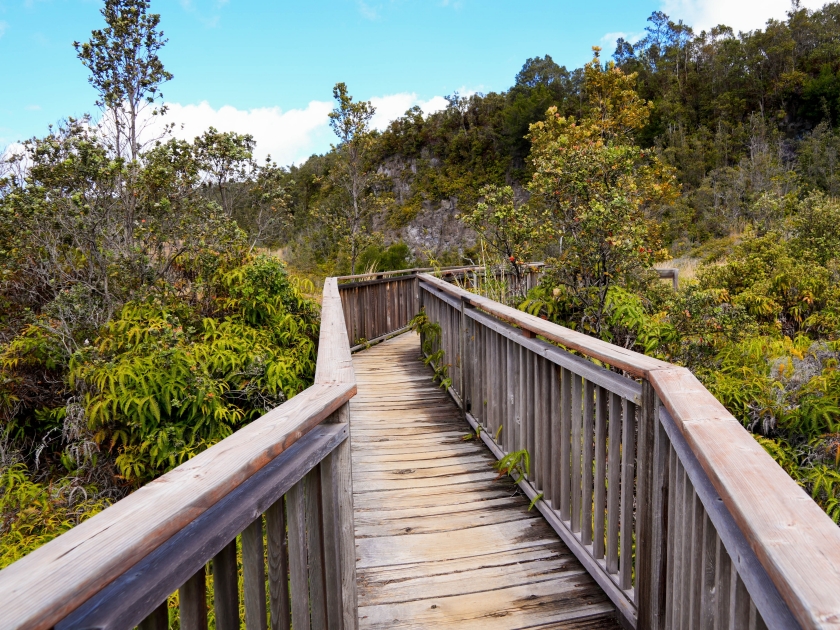
Sulphur Banks, formed by Kīlauea volcano’s continuous activity, are a result of heated groundwater rising to the surface as steam, carrying minerals that create the vibrant colors and unique formations seen today. Over time, sulfur and iron oxide have contributed to its striking landscape, making it a visual wonder shaped by volcanic forces.
Significance and Features
Despite the harsh environment, Sulphur Banks supports a range of unique plant and animal species, many of which are found nowhere else. This site is also valuable for scientific research, providing insights into volcanic processes and geothermal energy. As a tourist destination, it offers an educational glimpse into the Earth’s geological power, though visitors should check for updates due to ongoing volcanic activity.
What to Expect at Sulphur Banks
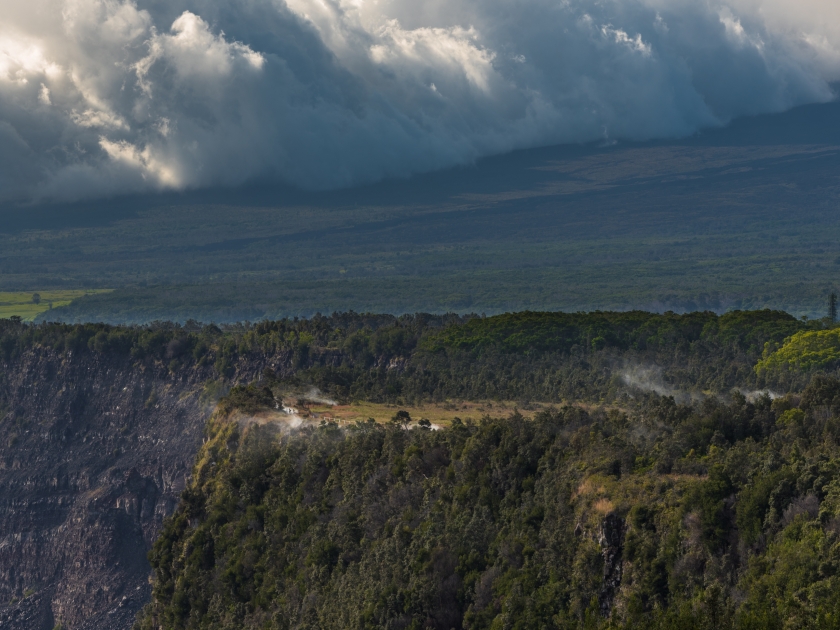
At Sulphur Banks, you’ll encounter a surreal landscape marked by vibrant yellow sulfur deposits, steam vents, and the constant release of volcanic gases rising from the ground. The distinct smell of sulfur, often compared to rotten eggs, permeates the air, reminding visitors of the active geothermal forces at play. While the site offers stunning views of Kīlauea Volcano, it’s important to stay on designated trails and avoid inhaling the gases too closely to ensure a safe and enjoyable experience.
Hiking at Sulphur Banks
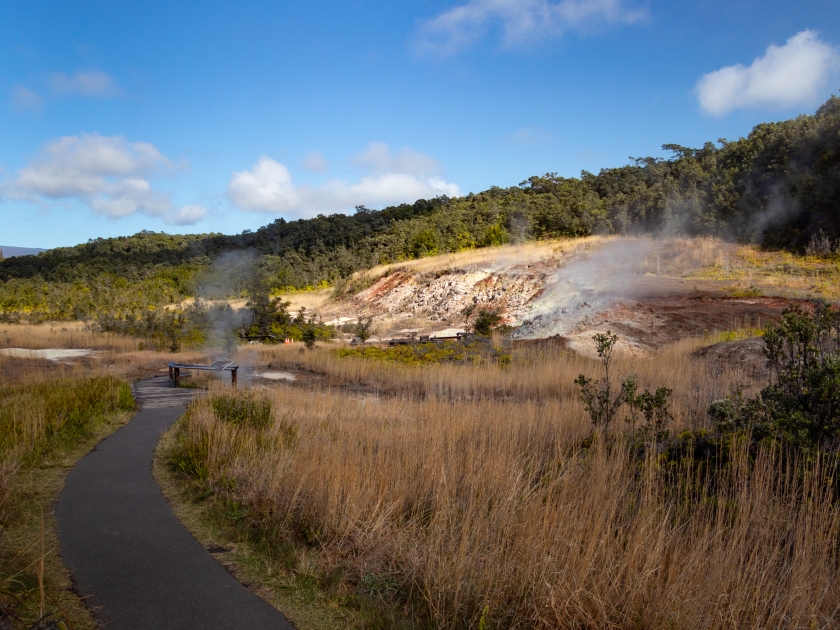
The Sulphur Banks trail is an easy 0.6-mile round-trip hike, making it accessible for visitors of all ages and fitness levels. Starting near the Kīlauea Visitor Center, this short walk takes you through a unique volcanic landscape filled with colorful sulfur deposits and steam vents. It’s important to stay on the designated path to protect the fragile environment and avoid exposure to potentially harmful volcanic gases. This gentle trail offers an up-close look at Hawaiʻi’s geothermal activity while ensuring a safe and enjoyable experience for everyone.
Tips for Visiting Sulphur Banks
- Stay on the designated trail: Protect the environment and avoid dangerous areas with volcanic gases.
- Bring water and wear sunscreen: The area is exposed to the sun, and hydration is key.
- Wear comfortable walking shoes: The trail is easy, but proper footwear enhances comfort.
- Visit early or late in the day: For cooler temperatures and fewer crowds.
- Be mindful of the sulfur smell: It can be strong; sensitive visitors may want to bring a mask.
- Check the weather: Volcanic gases may be more noticeable during certain conditions; check for safety updates.
- Take your time: Enjoy the scenic views of Kīlauea Volcano and the vibrant landscape.
Best Times to Visit
The best times to visit Sulphur Banks are early in the morning or late in the afternoon when the weather is cooler and the crowds are smaller. These times also offer better visibility of the steam vents and volcanic gases against the backdrop of the rising or setting sun. Visiting during the cooler hours ensures a more comfortable experience while taking in the stunning views of the landscape and nearby Kīlauea Volcano.
Nearby Attractions
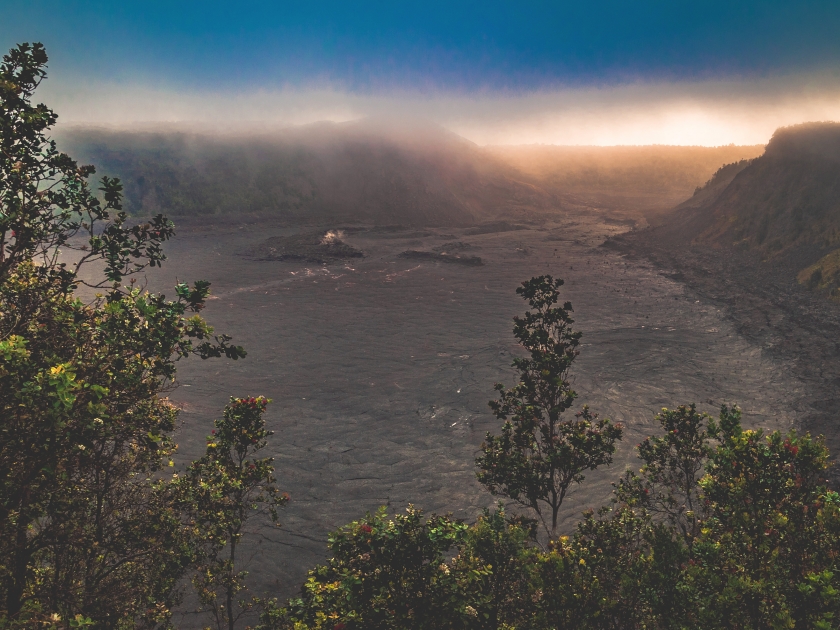
While visiting Sulphur Banks, be sure to explore nearby attractions within Hawaii Volcanoes National Park. Start at the Kilauea Visitor Center to learn more about the park’s geology and cultural significance through informative exhibits. Then, head to Halemaʻumaʻu Crater for breathtaking views along the Crater Rim Trail. For a scenic drive, take Chain of Craters Road, which offers a deeper look at the park’s volcanic landscapes and ends at the ocean, where you can witness ancient lava flows meeting the sea.
Frequently Asked Questions (FAQs)
Sulphur Banks is located along the Crater Rim Trail in Hawai’i Volcanoes National Park on the Big Island of Hawaii.
The strong smell at Sulphur Banks is due to the emission of hydrogen sulfide gas, which has a distinct sulfur or “rotten egg” odor.
Yes, it’s safe to visit Sulphur Banks, but it’s important to stay on designated paths and avoid prolonged exposure to the gases, especially for those with respiratory issues.
Visitors to Sulphur Banks can see colorful mineral deposits, steam vents, and unique geothermal features shaped by volcanic activity.
The hike to Sulphur Banks is about 1.2 miles round trip on a mostly easy and accessible trail along the Crater Rim.
The steam at Sulphur Banks is caused by rainwater seeping into the ground, where it gets heated by volcanic activity and escapes through surface cracks.
How to Get There
By Car
To reach Sulphur Banks by car, start from Hilo and take Highway 11 south towards Volcano National Park. The drive typically takes about 45 minutes, offering scenic views along the way. Once inside the park, follow the signs to the Sulphur Banks trailhead, where ample parking is available.
By Bus
If you prefer public transportation, you can take the Hele-On Bus, which services the route between Hilo and Volcano National Park. Check the current schedule for the bus times, as service may vary. Once you arrive at the park, the trailhead to Sulphur Banks is a short walk from the bus stop.
Walk the Edge of Earth’s Fury
Sulphur Banks offers a rare opportunity to witness the raw power of Earth’s geothermal energy, with its vibrant sulfur deposits, steaming vents, and sweeping views of Kilauea Volcano. This otherworldly landscape is a must-see for anyone visiting Hawaiʻi Volcanoes National Park. Exploring Sulphur Banks and the surrounding park attractions will leave you in awe of nature’s forces. Start planning your trip today to experience this unforgettable destination firsthand!


